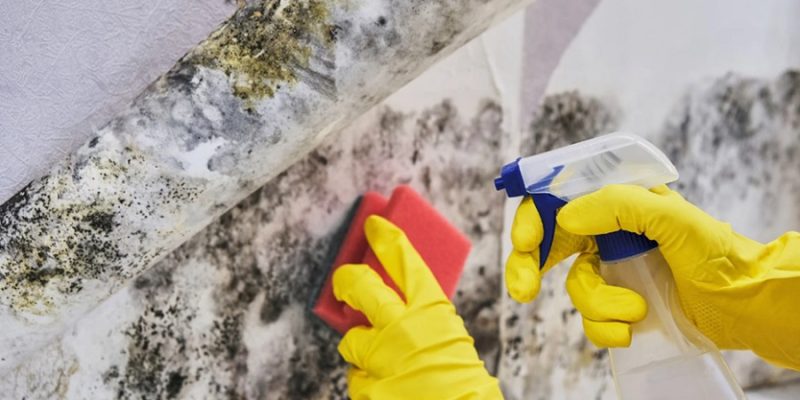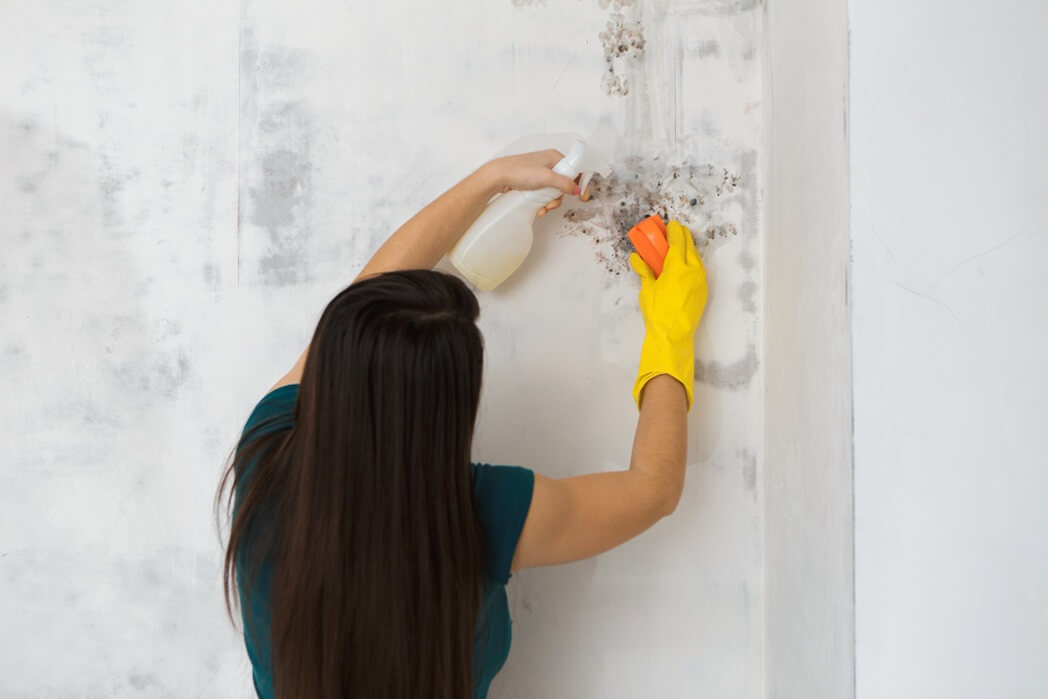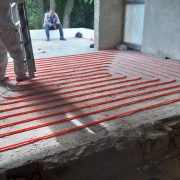When mold invades a home or commercial space, it brings not only structural damage but also serious health risks. One of the most crucial aspects of addressing mold problems is proper containment during remediation. This step ensures that mold spores do not spread to unaffected areas, thereby limiting damage and health hazards. During professional services for mold cleanup in Marietta, containment measures are a central focus to effectively restrict mold from spreading to unaffected areas.
Why Containment is a Critical First Step
Effective mold removal starts with stopping its spread.
Mold spores are microscopic and easily airborne. Without adequate containment, these spores can travel through HVAC systems, open doorways, and ventilation shafts, leading to cross-contamination. Professionals use physical barriers like plastic sheeting and advanced filtration systems to isolate the contaminated zone. This ensures the safety of other parts of the structure and creates a controlled environment for cleanup.
Tools and Techniques for Professional Containment
Modern mold remediation involves precise technology and methods.
Professional services deploy HEPA (High-Efficiency Particulate Air) filters, negative air machines, and sealed barriers to maintain strict containment. HEPA filters capture airborne spores, while negative air pressure prevents mold from moving into cleaner areas. These techniques are effective in both residential and commercial settings and are essential for environments where air purity is critical, such as hospitals or schools.
Preventing Mold Spread Through Early Detection
Early containment depends heavily on prompt identification.
The sooner mold is detected, the easier it is to isolate and remove. In many cases, mold results from hidden issues like plumbing leaks. Undetected leaks behind walls or under flooring are often the hidden cause of mold infestations. Understanding the impact of leaking pipes on water damage and mold helps highlight why timely identification is crucial. By using tools like infrared imaging and moisture meters, professionals can accurately locate moisture-prone zones that require immediate containment before remediation efforts begin. Professionals use moisture meters and thermal imaging to identify the presence of water behind walls and beneath flooring, allowing for precise containment from the outset.
Long-Term Benefits of Contained Remediation
Proper containment ensures lasting mold removal outcomes.
Beyond the immediate removal, effective containment helps prevent recurrence. Containment strategies protect property value, improve indoor air quality, and contribute to a healthier living environment. The long-term benefits of thorough mold cleanup in your home underscore the importance of a complete and contained remediation process, which includes not just removal but also prevention of future mold growth.
Conclusion
In the realm of mold remediation, containment is more than just a precaution—it’s a critical component of success. By isolating the affected area, professionals prevent the spread of harmful spores, protect the integrity of the structure, and ensure healthier air quality for occupants. Whether addressing mold issues in residential basements or commercial properties, only professional services can deliver the level of containment necessary for effective, long-term cleanup. With comprehensive strategies that include early detection and advanced equipment, professional mold cleanup remains the safest and most effective approach to restoring any space.








Comments